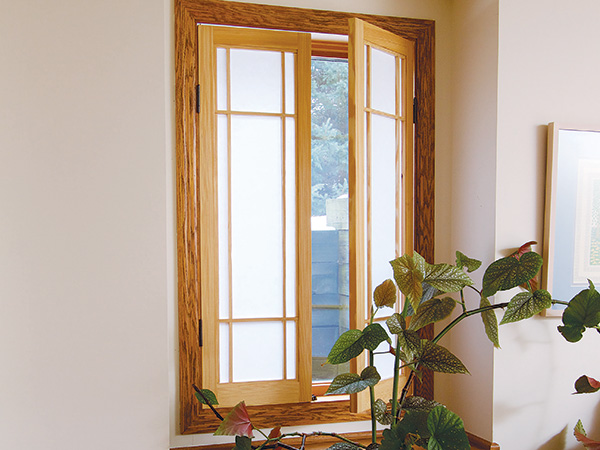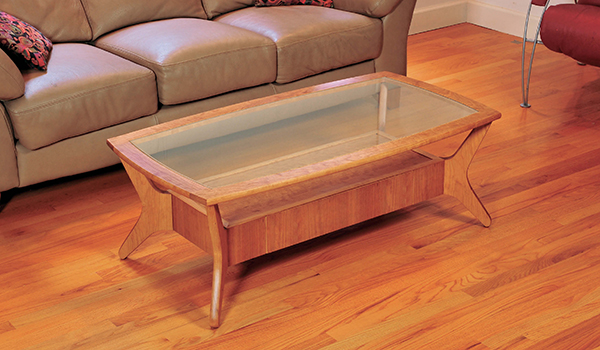
Fiddleback maple has a depth and shimmer that’s hard to resist, and boards with spectacular examples of this figure sell for a pretty penny. Some of us call this type of figure “tiger,” given the stripes it has. Under the right finish, tiger maple really dazzles, and the reason it does so is due to chatoyance. Michael Dresdner, in his The New Wood Finishing Book, sheds some light on what this means.
“Chatoyance, from the French word chatoyer, meaning ‘to shine like cat’s eyes,’ was borrowed from the jewelry trade. Think of the semi-precious stone we call ‘tiger’s eye’ and how its colors flip back and forth from light to dark bands as you view it from different angles. Some woods do the same thing. If you’ve ever walked around a ‘ribbon’ mahogany-figured tabletop in strong angled light, you’ll have seen the ribbons alternate from dark to light. The same is true of some quartered woods, like ‘bearclaw’ spruce, ‘tiger’ oak and figured maple.”
Oil-based finishes, shellac and lacquer all can help bring out the chatoyance of figured wood. And when they do, what an eyeful it is!
Chris Marshall, Woodworker’s Journal
![]()
Introduction to Butt Joints
Space Saving Workshop Tables

Translucent Screen Shutters

Mid-Century Coffee Table







